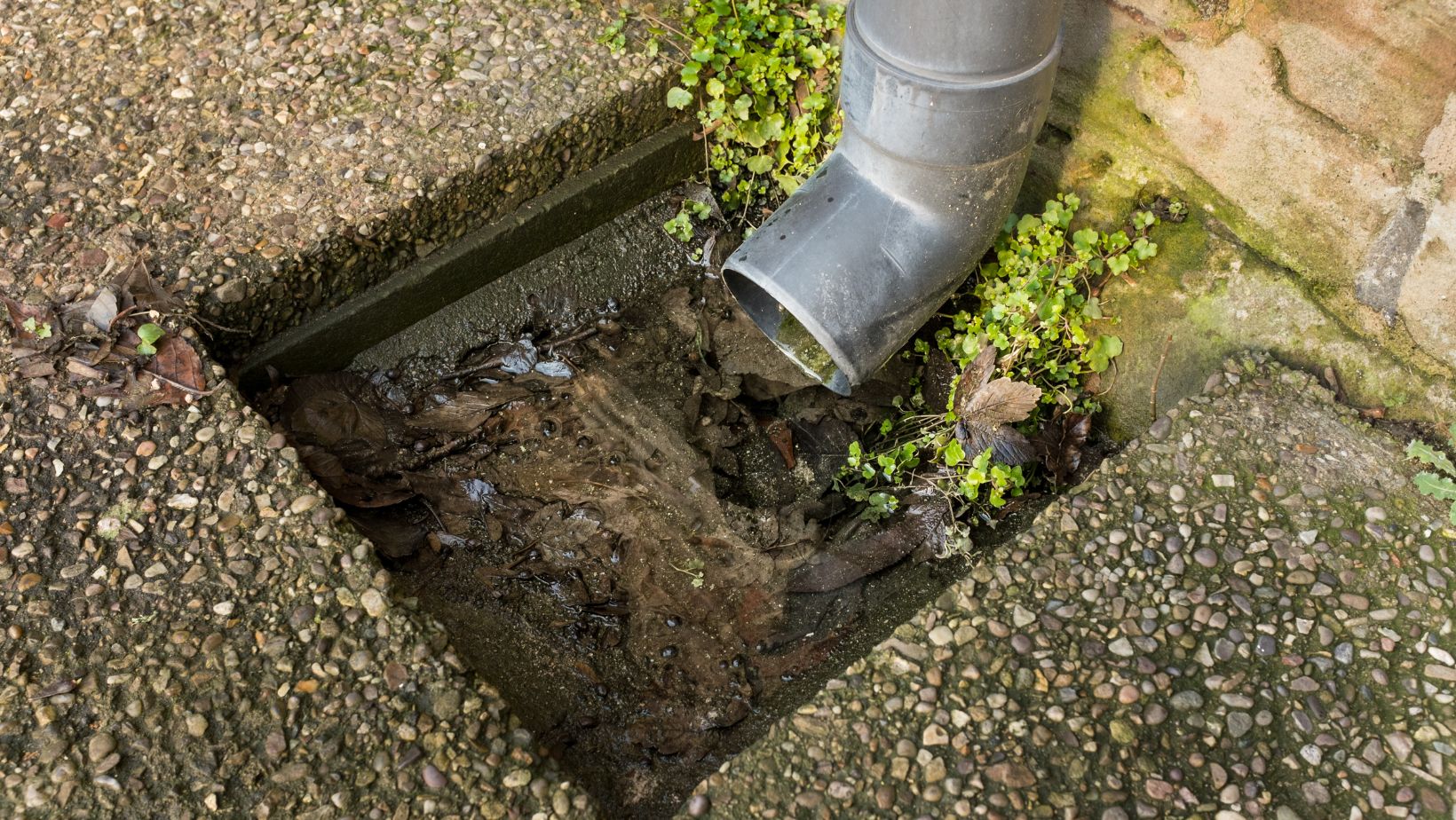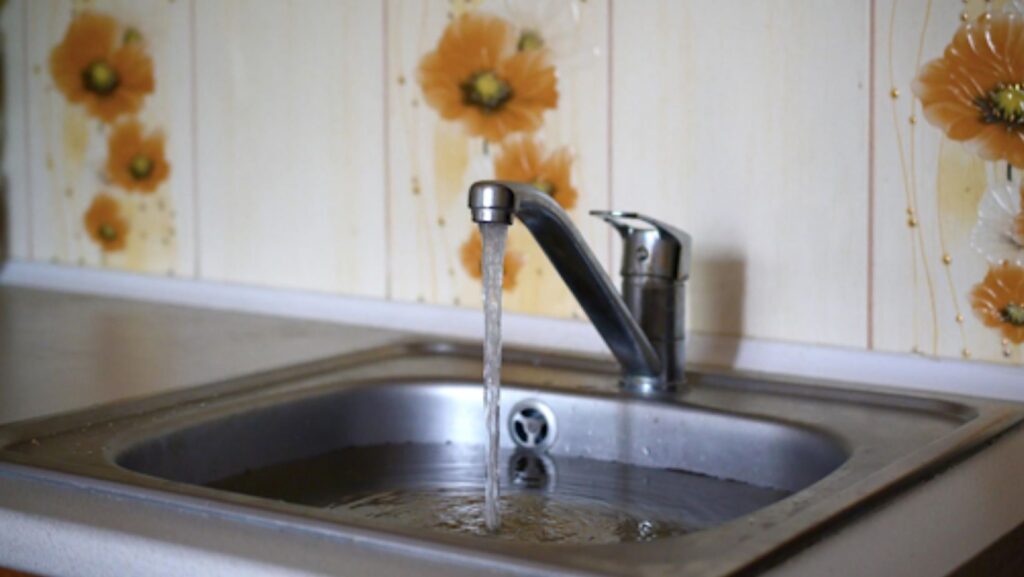Maintaining clear outside drains is an imperative part of property upkeep. Householders often overlook this until serious issues arise. Blocked drains are not just a minor inconvenience; they can lead to formidable property damage, from water-damaged foundations to destroying beautiful landscaping. Moreover, contaminated water and waste build-up in blocked drains can pose significant health hazards, including bacterial infections and respiratory problems. Therefore, it’s important to recognize early warning signs and take appropriate action. This article aims to provide a comprehensive understanding of these early signs of a blockage and guide on how to respond promptly.
Unpleasant Odors Around Your Property
One of the initial and quite noticeable signs of a blocked drain is the emergence of unpleasant odors around your property. When drains become blocked, stagnant water and decomposing waste buildups create a perfect environment for bacteria and mold. Consequently, this leads to the emanation of odors ranging from musty, sewage-like smells to rotten smells reminiscent of a damp basement or rotten eggs.
These unappetizing smells might become more prevalent near the drains, garden areas, patios, and other external spaces of your property. Prolonged exposure to these odors is not just aesthetically displeasing; it can also lead to health risks, including nausea, headaches, respiratory issues, and other ailments. Thus, if you notice any unusual smell around your property’s outer areas, it’s important to investigate further and take necessary actions to remove potential blockages.
Slow Draining Water
Another revealing indication of a potential blockage is slow-draining water. You might observe this phenomenon in your outdoor sinks, gutters, rainwater downpipes, garden areas, and, most noticeably, pooling water on flat surfaces. The causes of slow drainage are manifold, from diary debris, leaves, and soil to other foreign objects accumulating in your drains and hindering effective water flow.

Monitoring the flow rate after heavy rain is critical, as the increased flow can bring more debris into the drains. Over time, increased debris build-up can transition slow drainage into a complete blockage, exerting undue strain on your drainage system. Frequent checks on your outdoor drains, especially after heavy rainfall or storms, can help you spot early signs of blockages and take remedial actions, safeguarding your property’s integrity.
Visible Signs of Water Backing Up
Visible signs of water backup can indicate deeper blockages and should be taken seriously. When the water cannot drain as it naturally should, it begins to back up, causing visible pooling on surfaces like driveways, patios, or near the wall edges. This water backup is a clear sign to seek professional drain cleaning services or follow simple steps to unblock an outdoor drain if the issue is manageable.
What begins as a seemingly small puddle can become a significant threat, as continual water pooling around foundations can potentially erode and compromise the property’s structural integrity. Moreover, unnecessary water saturation of the nearby landscaping can damage plant root systems, leading to the death of your beloved flora.
Strange Noises from Drains
Unusual noises emanating from your drains, notably gurgling or bubbling sounds, can indicate an issue with the drain system. These sounds are produced when water attempts to push through the gaps in the blockage. While some gurgling sounds in drains are normal, sounds that are louder than usual, persistent, or different in a significant way shouldn’t be ignored.
To spot these signs early, it is important to undertake regular auditory checks of your drain health. These irregular noises often accompany other signs like slow drainage or water backs, providing corroboratory evidence of probable blockage and pointing out the need to immediately sort out the issue.
Presence of Pests Near Drainage Areas
Blocked drains can attract numerous pests. Rodents, insects, flies, and mosquitoes are particularly attracted to the conditions created by blocked drains. Stagnant water and decomposing organic matter provide suitable breeding grounds for pests. These pests further exacerbate the blockage by their nesting practices and leaving behind their debris.

Signs of pest activity around drainage points—such as gnawed vegetation, droppings, clustered flies or mosquitoes, or signs of burrows—indicate that your drains could be blocked and require your urgent attention. Pest infestations near drainage areas not only highlight drainage problems but are also challenges on their own, often leading to health risks and property damage.
Conclusion
Aside from discomfort and inconvenience, ignoring the early signs of a blocked drain can lead to extensive property damage and severe health hazards. Regular maintenance, timely attention to warning signs, and prompt corrective measures are crucial in preserving the health and functionality of your drainage system. When robust blockages emerge, it’s wise to immediately consult professionals to ensure systematic blockage removal without damaging the drain structure. By recognizing these warning signs, addressing small issues promptly, and seeking professional help when needed, you can prevent future blockages and maintain effective functionality in unblocking outdoor drains.



